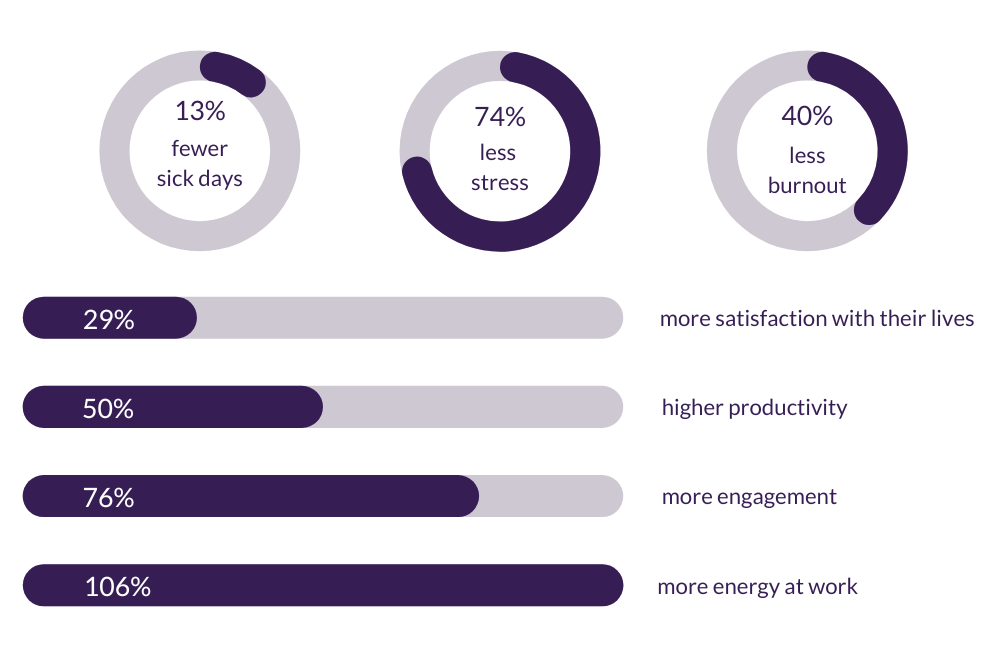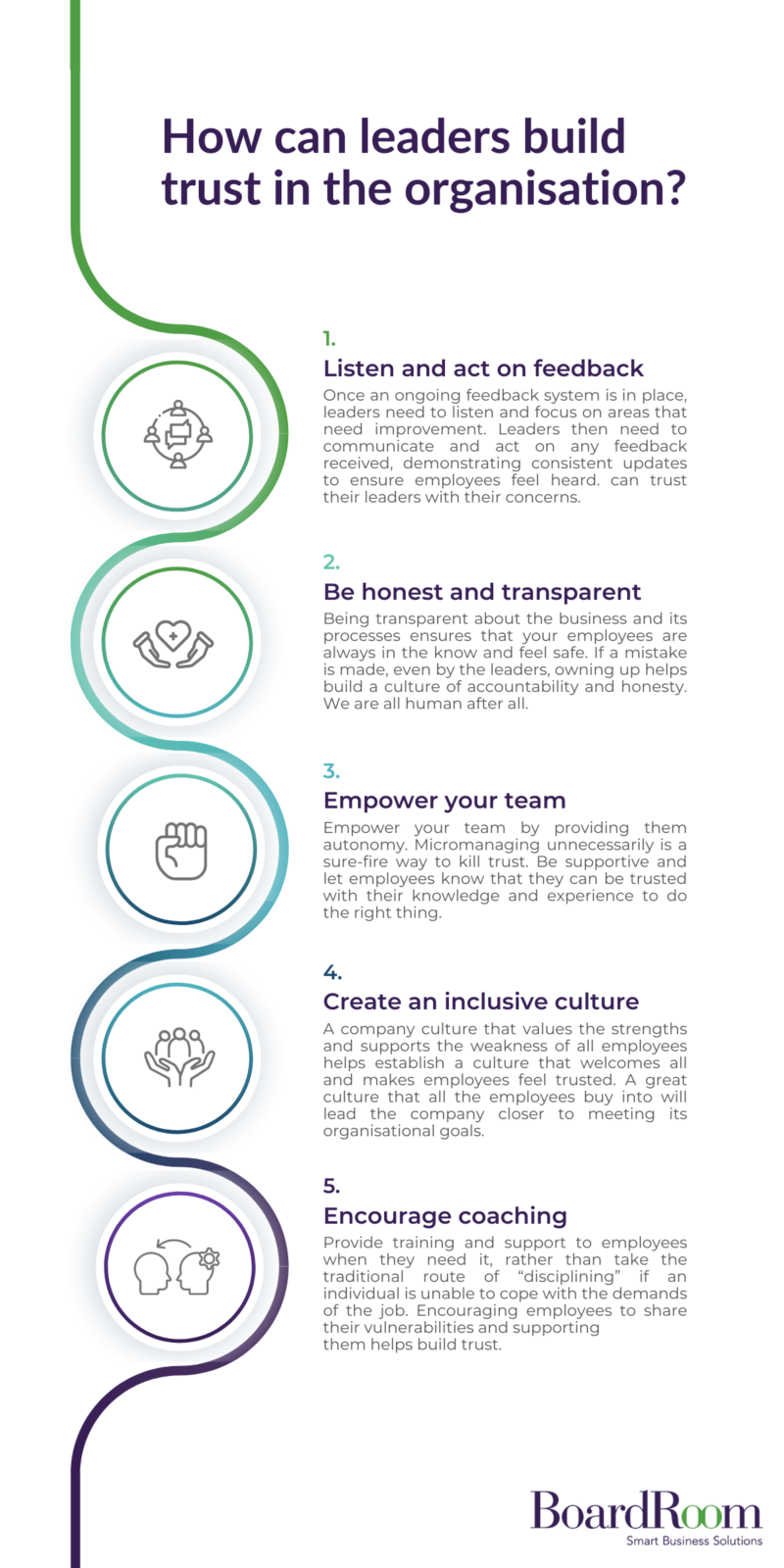If your company has plans to expand throughout the Asia-Pacific region (APAC), outsourced accounting services can promote smooth business growth in a volatile economic environment.
Considering the complexity of the accounting function, it is not unusual for business leaders to feel daunted at the prospect of engaging an external team. In this article, we discuss the ways that outsourcing supports a smart business model and the steps you can take to ensure a seamless transition process.
Why outsource accounting?
The many benefits of outsourcing bookkeeping and accounting mean it is becoming an increasingly popular option for APAC businesses. In fact, a 2020 global study found that almost half of finance accounting professionals are considering outsourcing more processes.
There are three main reasons for this trend.
1. Access to expertise and experience
Firstly, outsourcing provides access to trained professionals who possess a high level of relevant knowledge and skill — qualities that are not always easy to attain through recruitment.
“Companies often want to move to outsourcing because they’re looking for professionals who can help them improve their processes,” says Yang Shuzhen, Accounting Director for BoardRoom.
Operational teams and managers are usually tied up in day-to-day matters, which makes it harder to look at processes objectively and identify opportunities for improvement. This is just one area where an external team can help.
“And with COVID hitting the world, lots of people have moved back to their home countries,” Shuzhen points out. “This means the labour market is very tight, so many businesses are no longer able to look for the necessary expertise and experience in their own countries.”
2. Quick, reliable service
Secondly, accounting outsourcing provides immediate, effective support at a time when turnover of finance staff is high. “A lot of financial professionals want to take a break or try a totally new industry,” Shuzhen says. “So people are leaving, and in many cases, companies are not able to replace them at the same speed.”
This can result in insufficient handovers as well as staff shortages, where transactions and processes become undone. Businesses facing these challenges will thus turn to an external firm that will have a pool of trained, professional accountants ready to assess the situation and take over the processing.
“They need people who are experienced enough to not only take over their accounting tasks but also advise them moving forward,” Shuzhen says. “An external team can help you establish standard operating procedures and internal controls, which are critical for success.”

3. Support for digital transformation
The accounting industry is undergoing a period of major change, with digital transformation opening up opportunities to turn data into actionable business insights. The finance function is now expected to help progress strategic business goals in addition to completing transactional tasks, which means the necessary skill set for finance professionals is evolving.
A 2020 Deloitte study found that finance’s new role as a strategic business partner will require businesses to balance human and machine-based competencies while also embodying the four qualities of future-ready companies: analytical, adaptive, agile and anticipatory.
The data analytics skills and technological expertise required to achieve this can be difficult to maintain internally, which is why many businesses are engaging premium accounting firms as a solution.
The impacts of the COVID-19 pandemic have increased demand for outsourcing even further, with the global finance and accounting outsourcing market expected to reach USD 53.4 billion by 2026. This is mainly due to an industry-wide desire for streamlined solutions and stability in uncertain times, which is exactly what corporate services firms can provide.
The challenges of in-house accounting
There are two key reasons as to why APAC businesses are moving away from in-house accounting.
It is labour-intensive
Recruiting, training and managing a finance team takes time — as does expanding the team as your business grows.
“A firm that’s rapidly expanding will see a lot of resources going towards training the team, keeping morale up and ensuring the team is functioning well,” Shuzhen says. “This is important because good financials and timely reporting help the business when stakeholders are making decisions.”
But resignations can be tough on a team. Businesses may spend time on a proper handover and training for the new team, but there will be a learning curve, so it is unlikely they will have the same input as the previous team. There is also no guarantee that the workers will stay for multiple years.
“When these transitions become frequent and handover periods are tight, deliverables may be affected,” Shuzhen says.
It is difficult to adapt to technological change
Digital advancement across APAC is putting pressure on internal teams to adopt new accounting systems that are more complex than traditional ones.
While this adaptation is important for ongoing productivity, staffing shortages brought on by the Great Resignation mean there is often not enough time to ensure new systems are implemented in a correct manner. As a result, the new software can become more of a hindrance than a help, resulting in further delays and expenditure.
An expert accounting partner can communicate effectively with software vendors to ensure new systems are properly customised to suit your business. They can also coordinate a rollout of the new software that’s both strategic and trouble-free, ensuring the most important solutions are implemented first.
How to outsource accounting services
For a straightforward transition to outsourced accounting services in Singapore, we recommend following these steps:
- Reflect on the accountancy challenges you are currently facing and what you are hoping outsourcing can solve for you.
- Assess the budget you have available for accounting outsourcing.
- Contact a reputable accounting services provider. They will talk with you to understand your current situation, help you gather all the necessary information and advise you on the next steps.
- Enquire about accounting software solutions the firm provides to determine the most suitable one for your business.
A skilled provider will attend to the critical tasks that need attention first. Once these are under control, they will then work with you to devise a holistic end-to-end accounting solution to suit your business and provide personalised guidance thereafter.
To promote smooth and efficient communication with your provider, it is also worth considering who in your organisation is the best person to liaise with them directly.
The appointed person could be either a finance manager, CEO, business owner or a director: the most important thing is that they have strong finance knowledge and are able to discuss financial matters in detail. This will also help ensure the resulting solutions are tailored to your needs.

Choosing the right provider for your business
Your accounting services provider should seamlessly integrate with your business and have a thorough understanding of your challenges, just as an in-house team would. Essentially, your partner should provide all the advantages of an in-house team without any of the drawbacks.
A full-service firm will be able to take over all aspects of your accounting and bookkeeping, from your accounts receivable and payable to your general ledger and financial reporting. They will also be able to provide business support in other additional areas such as cash flow management to help your company reach its goals.
“At BoardRoom, our accounting service goes beyond transactional processing,” Shuzhen explains. “Financial data can be very useful, and we make full use of this data when advising our clients.”
It is important to seek an experienced firm because they will be able to quickly and easily identify effective solutions for any accountancy challenges you are facing. Also, you will be able to trust that the next time your company is audited, it has followed all the correct protocols.
What to avoid when outsourcing your accounting
If you are considering transitioning to accounting outsourcing, avoid delaying your decision.Businesses often waste resources trying to solve accounting problems on their own when an external services provider could have stepped in much earlier and applied solutions in a shorter time frame.
Financial obligations and issues can quickly accumulate, even if the entity is small. So if you are setting up a new entity or branch in a neighbouring country, it is best to engage an external team right from the start to ensure the right accountancy processes are in place.
The longer you wait to outsource, the more complex and time-consuming it can often be to organise your finances.

How can outsourcing fast-track business growth?
If your company has plans to expand, an accounting services provider can be an invaluable business partner on your growth journey.
They will be able to assist you by:
An accounting partner can also help establish internal accounting controls at your headquarters and roll these out within finance units in other countries. Having consistent internal controls in place across your regional locations means you can easily generate accurate group-wide data at any time of the year.
Ensure multi-country compliance
Another way accounting partners support business growth is by ensuring full regulatory compliance, including the preparation and filing of statutory reports.
In terms of your Singapore obligations, they will ensure all SFRS are met and GST returns are filed on time. Other APAC regions will have different regulatory systems, and some are quite demanding and complex.
By consolidating taxes with a global firm, you can have confidence your business is meeting its local compliance requirements on an ongoing basis.
Begin your transition to accounting outsourcing
No matter where you are on your expansion journey, preparing your accounts is vital for ensuring a smooth and profitable trajectory.
To find out more about BoardRoom’s world-class accounting and bookkeeping services, as well as our complementary payroll outsourcing service, please contact us.
Related Business Insights
-

05 Apr 2024
What Are the Key Benefits of Outsourcing Accounting Services?
Explore the advantages of engaging BoardRoom’s accountancy services, a leading accounting firm offering tailored …
READ MORE -

05 Apr 2024
What Factors Should Businesses Consider When Choosing the Right Accounting Firm?
Explore key factors for choosing the right accounting firm. Partner with BoardRoom for the best financial managemen …
READ MORE -

22 Mar 2024
ESG Reporting Essentials – Your Guide to ESG Reporting in Singapore
Boost transparency and build trust with comprehensive sustainability tracking and ESG reporting solutions. …
READ MORE


























